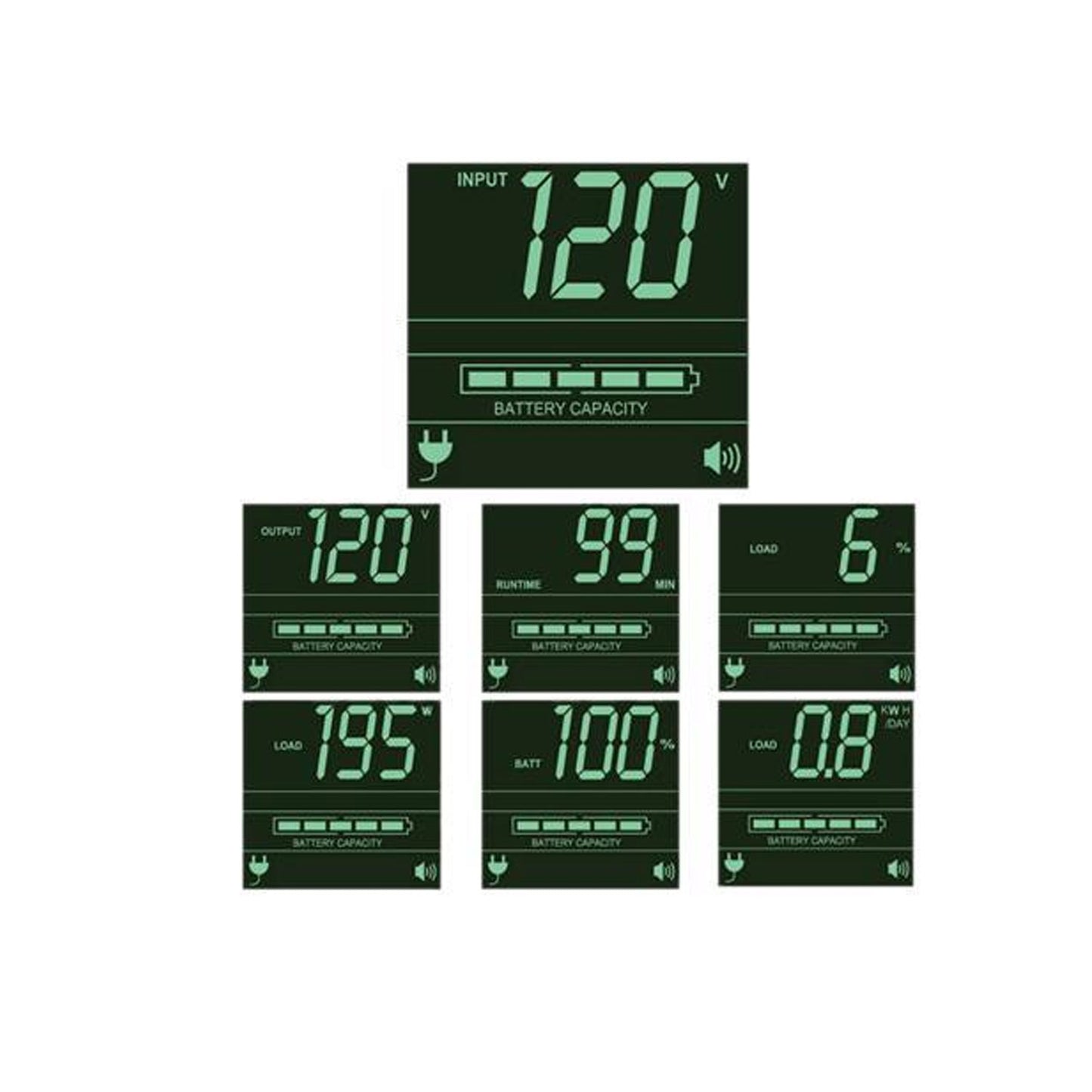Interested in bulk orders?
We offer special pricing for bulk purchases. Just click the button below and fill out the request form — our team will get back to you with a custom quote
The success of any organization depends on critical information systems like servers and network hardware. If your critical systems don't have reliable power, employees can't work, communications go down, automated systems malfunction and productivity grinds to a halt. It would be nice if utility power was always reliable, but it isn't. Between severe weather, the aging electrical grid and unavoidable hazards lurking inside your own walls, your servers and network hardware are under constant attack from power problems. Even a brief loss of power or a momentary surge can damage your equipment, corrupt your data, bring down your network and hurt your bottom line.
Pure Sine Wave Output When operating from battery power, a UPS system generates the waveform of its AC output. Many UPS systems generate PWM sine wave power, an approximation of the pure sine wave power you receive from your electrical utility. Although PWM sine wave power is compatible with most equipment, pure sine wave power is required by some devices -- such as computers with active PFC power supplies -- and prevents others from overheating, malfunctioning or failing prematurely. This UPS system generates pure sine wave power for superior compatibility with active PFC power supplies and other sensitive equipment.
Advanced AVR and Surge/Noise Protection In locations with chronic voltage problems, frequent switching to battery drains reserve power and shortens battery life. This UPS system has a feature called automatic voltage regulation (AVR) that solves the problem. The UPS detects when input voltage is out of bounds and corrects it without using the battery. All Tripp Lite UPS systems also include built-in surge protection and noise filtering to shield your equipment from destructive transient voltages and electromagnetic (EMI/RFI) line noise.
Multifunction LCD Screen The illuminated LCD provides easy access to detailed UPS settings and information. The LCD shows a variety of helpful data, including input/output voltage, output load percentage, output load wattage, power status, battery status, AVR status, battery capacity, estimated backup runtime remaining and daily power consumption. If you decide to install the UPS system in a tower configuration, you can rotate the LCD for optimal viewing.











